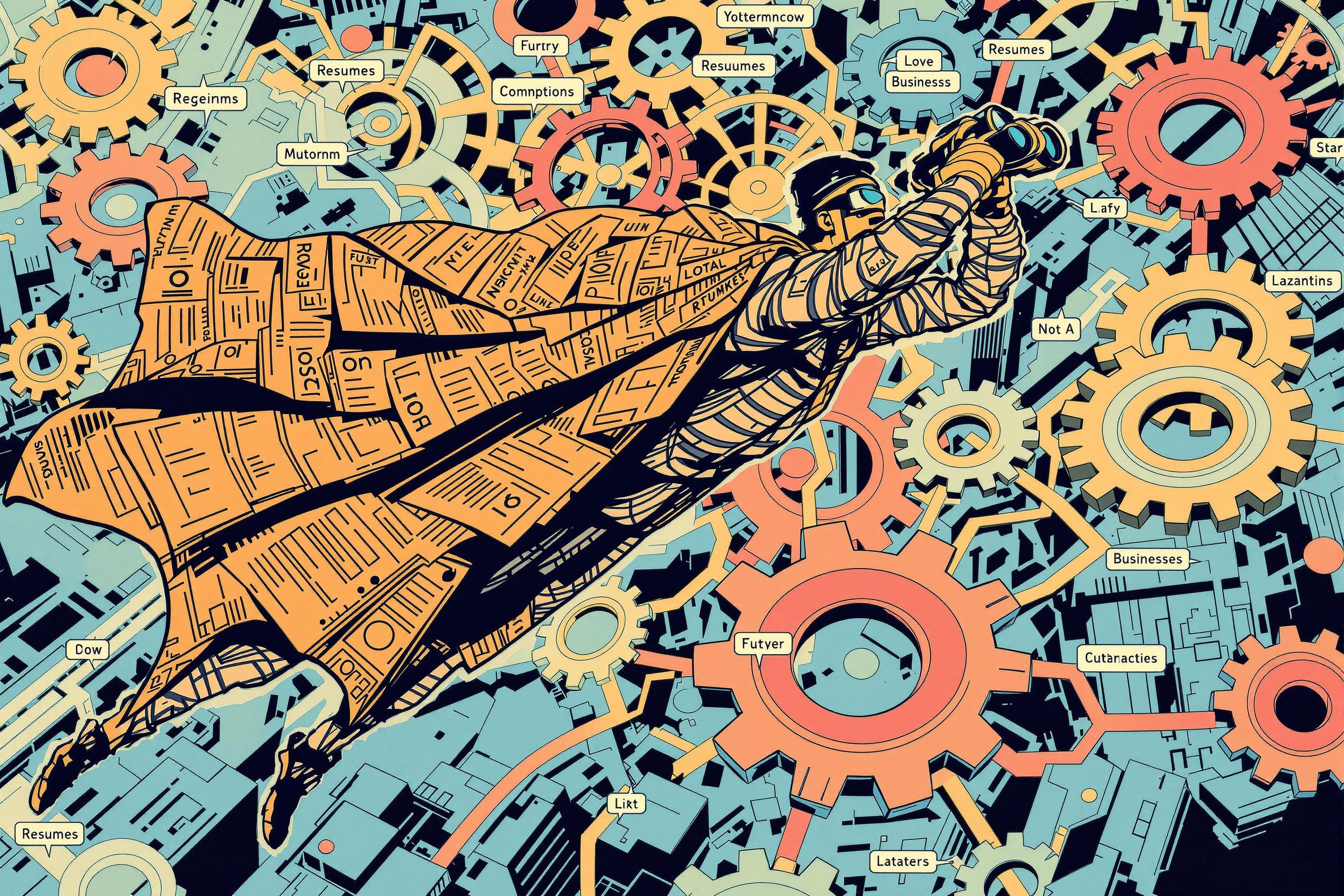
Dublin Core
Dublin Core is a standard way of organizing and describing digital information, like books, articles, or websites in libraries and archives. Think of it as a universal filing system that helps librarians and information professionals organize digital materials just like traditional card catalogs did for physical books. It was named after Dublin, Ohio, where it was first developed, and "Core" because it covers the basic, essential information needed to describe any digital resource. When you see this on a resume, it means the person knows how to properly catalog and organize digital information so others can easily find it.
Examples in Resumes
Created digital collections using Dublin Core standards for university library archives
Managed metadata using Dublin Core and DC elements for digital repository
Implemented Dublin Core Metadata Initiative standards for cataloging digital resources
Typical job title: "Metadata Librarians"
Also try searching for:
Where to Find Metadata Librarians
Professional Organizations
Job Boards
Professional Networks
Example Interview Questions
Senior Level Questions
Q: How would you implement Dublin Core in a large-scale digital archive project?
Expected Answer: A senior candidate should discuss project planning, choosing appropriate metadata elements, training staff, quality control processes, and how to handle complex or unusual materials while maintaining consistency.
Q: How do you keep up with changes in metadata standards and ensure your organization stays current?
Expected Answer: Should demonstrate knowledge of professional organizations, continuing education, and experience in updating metadata practices and training others on new standards.
Mid Level Questions
Q: What are the basic Dublin Core elements and how do you decide which ones to use?
Expected Answer: Should be able to explain the common elements like title, creator, subject, etc., and show understanding of how to choose appropriate elements based on collection needs.
Q: How do you handle metadata for different types of materials in your collection?
Expected Answer: Should explain how to adapt Dublin Core elements for various materials like books, images, or videos, while maintaining consistency in the catalog.
Junior Level Questions
Q: What is Dublin Core and why is it important for libraries?
Expected Answer: Should explain that Dublin Core is a metadata standard that helps organize and find digital materials, making it easier for users to search and access information.
Q: How do you create basic metadata records using Dublin Core?
Expected Answer: Should demonstrate understanding of entering basic information like title, creator, date, and subject into catalog records following standard formats.
Experience Level Indicators
Junior (0-2 years)
- Basic metadata creation and editing
- Understanding of core elements
- Basic cataloging principles
- Digital collection maintenance
Mid (2-5 years)
- Complex metadata management
- Quality control procedures
- Training others in basic metadata
- Project coordination
Senior (5+ years)
- Metadata strategy development
- Large-scale project management
- Standards implementation
- Team leadership and training
Red Flags to Watch For
- No understanding of basic cataloging principles
- Unfamiliarity with metadata standards
- Lack of attention to detail
- No experience with digital collections
- Poor understanding of library organization systems
Related Terms
Need more hiring wisdom? Check these out...

Lost in Translation? How a Hybrid Mentorship Database Bridges Cross-Regional Talent

Speak Their Language: How Localized Job Descriptions Unlock Regional Talent

Tiny Neighborhoods, Huge Impact: The Surprising Power of Hyper-Local SEO in Your Hiring Game

